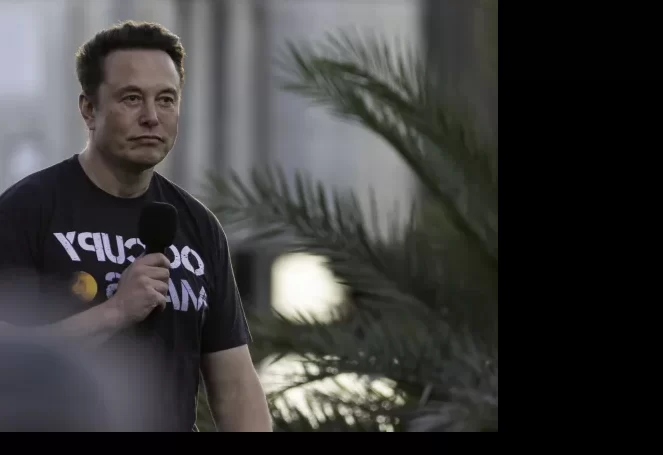In a letter to the Pentagon in September, SpaceX requested that the Pentagon assume responsibility for covering the costs associated with Ukraine’s Starlink satellite internet use. According to CNN, SpaceX informed the department that maintaining access to Starlink for the Ukrainian government would cost the firm more than $120 million in the remaining months of 2022 and about $400 million in the following 12 months. The corporation stated that it was “not in a position to give additional terminals to Ukraine, or fund the existing terminals for an endless period of time.” Elon Musk, the company’s CEO, now appears to have changed his mind about asking the Pentagon for help, writing on Twitter that SpaceX will “keep supporting [the] Ukraine [government] for free” despite Starlink continuing to lose money.
Musk added that SpaceX will continue sponsoring Ukraine’s access to Starlink’s satellite internet “indefinitely,” confirming what he had previously stated in a tweet to The Financial Times.
When word of the letter spread, Musk defended his organization’s stance and made it clear that SpaceX is not requesting reimbursement from the Pentagon for prior costs. He explained that SpaceX just couldn’t support the current system in Ukraine while also sending thousands of new terminals on a regular basis to replace those that were routinely damaged by Russian forces. Keeping the Starlink system operational across the nation costs $20 million a month, according to Musk, who also noted that the system had to “fight against hacks and jamming.”
The Times reported earlier this month that Starlink disruptions caused “catastrophic” loss of contact for Ukrainian forces on the front lines. The article “falsely implies that Starlink terminals [and] service were paid for, when only a small percentage have been,” Musk said in response. However, according to a letter from SpaceX that CNN had seen, almost 85% of the 20,000 terminals in Ukraine at the time were supported entirely or in part by the US, the UK, Poland, and other external sources.





